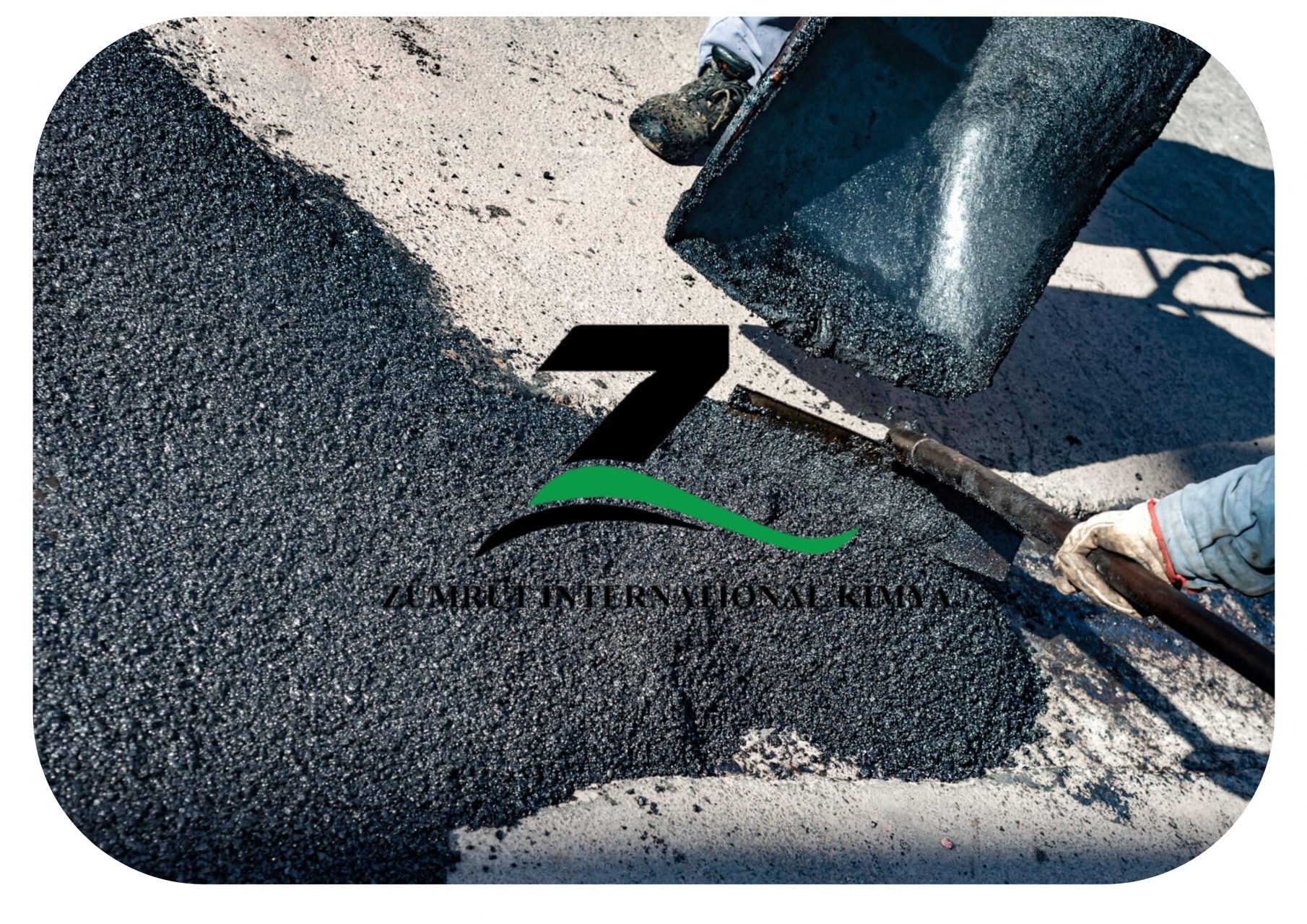
Introduction
Cold asphalt is one of the major materials for road construction and repair works, especially in the case of relatively low traffic or under temporary repair conditions. Unlike the traditional hot mix asphalt, cold asphalt can be laid without heating or any specialized equipment at ambient temperatures. One of the most critical components in cold asphalt is cutback bitumen, which contributes a great deal to the properties, performance, and usability of the material. This page covers various aspects of cutback bitumen in cold asphalt, such as advantages and disadvantages, its applications, and how these are influencing the quality and durability of the final product.
What Is Cutback Bitumen?
Bitumen cutback can be referred to as that class of asphalt that contains additional solvent or is made from a petroleum-based solvent so that viscosity lowers and hence it reaches an easy-application level. The solvent, mostly of oily nature such as kerosene, gasoline, or diesel, reduces the brittleness in the bitumen and thus enables it to flow freely. After application on the surface, the solvent evaporates to leave behind the bitumen, which hardens to give a tough, flexible, and waterproof coating.
Cutback bitumen is used as the binder of the aggregates in cold asphalt mixtures. This, in return, provides considerable advantages in not heating the asphalt during mixing and laying, especially under specific conditions of both the environment and economy.
The Role of Cutback Bitumen in Cold Asphalt
The Binder of Aggregate
The most important function played by cutback bitumen is that of the binder in cold asphalt. The cutback bitumen joins the particles of aggregate together, which insures necessary cohesion within the cold asphalt mix so it might not get broken during service life.
As the applied solvent evaporates, it leads to solidification and hence provides an effective and enduring bonding for aggregates. That develops a hard and durable surface able to stand the actions both due to traffic and atmosphere, even when heat was not applied.
Improved Workability
Cutback bitumen increases the workability of cold asphalt simply by the fact that it is easy to handle and spread. Without the addition of solvents to the bitumen, it would be thick and viscous at ambient temperatures, hence difficult to mix and apply.
By reducing its viscosity, cutback bitumen enables workers to spread and compact the cold asphalt with increased efficiency, ensuring a smoother finish and better coverage. It also makes the application in projects faster and easy and can thus be employed as effective; this for instance finds application in repairing potholes or temporal fixation on the roadway.
Cold Weather Applications
Among uses of cutback bitumen are such applications that take advantage of the lower environmental and atmospheric temperatures outside those available, this precludes efficient service for the said mixes. Cutback bitumen, on the other hand, can be used in cold weather without heating; thus, it is more viable and economical for repairs in cold conditions. Its ability to apply at ambient temperatures makes it an ideal choice for winter road maintenance, patching, and repairs.
Advantages of Cutback Bitumen:
Application at Ambient Temperature: No need for heating, hence suitable for application in cold weather.
Lower Labor and Equipment Costs: Saves on heating facilities, making the overall construction cost lower.
Easy Application in Areas with Poor Connectivity or Small-Scale Projects: Facilitates logistics and application where connectivity is poor.
Creation of Tough Surface: Upon evaporation of the solvent, a hard, flexible, and water-resistant surface develops, protecting against traffic wear and freeze-thaw action—enhancing pavement life.
Disadvantages of Cutback Bitumen:
Environmental Impact: Releases volatile organic compounds (VOCs) during solvent evaporation, resulting in air contamination and health conditions.
Slow Curing Time: Longer curing time, which can delay project schedules.
Less Durability Under Heavy Loads: Less resilient than hot mix asphalt for extremely heavy or heavy traffic situations, rendering it unsuitable for heavy-load roads.
Applications of Cutback Bitumen in Cold Asphalt
Cutback bitumen plays a major role in asphalt repair and refurbishment, holding a universal scope of application on different paving needs.
One of its principal applications is in cold asphalt mixtures, particularly for pothole repair. This method is highly effective for quick road patching, particularly in cold weather where hot asphalt is impractical. Upon application, the cold asphalt hardens immediately, forming a tough, watertight surface that can withstand traffic loads until a more permanent repair can be effected.
Temporary Road Repairs
In emergency situations or when budgetary constraints against the use of hot mix asphalt, cold asphalt is one of the most common uses for temporary road repairs. Since cold asphalt can be applied without heating, this allows for quick and affordable repairs to help keep traffic flowing until more thorough maintenance can be performed.
Driveways and Small Roads
Cold asphalt with cutback bitumen is also used in the construction of small roads, driveways, and parking lots. The material is ideal for residential and commercial applications where high traffic volumes are not expected, and a quick, easy application is needed.
Conclusion
Cutback bitumen provides an enabling approach to the development of cold asphalt and allows for feasible and effective methods to be developed for road construction in various environments. Its ability to be applied at ambient temperatures, together with ease of use and cost-effectiveness, presently places this material in a very valuable position.
However, for environmental impact or probable limitations of strength and drying time, its use in any particular project needs to be weighed. Actually, the building industry is focused on sustainable development, and there is a prospect of increasing demand for environmentally friendly alternatives to cutback bitumen.

